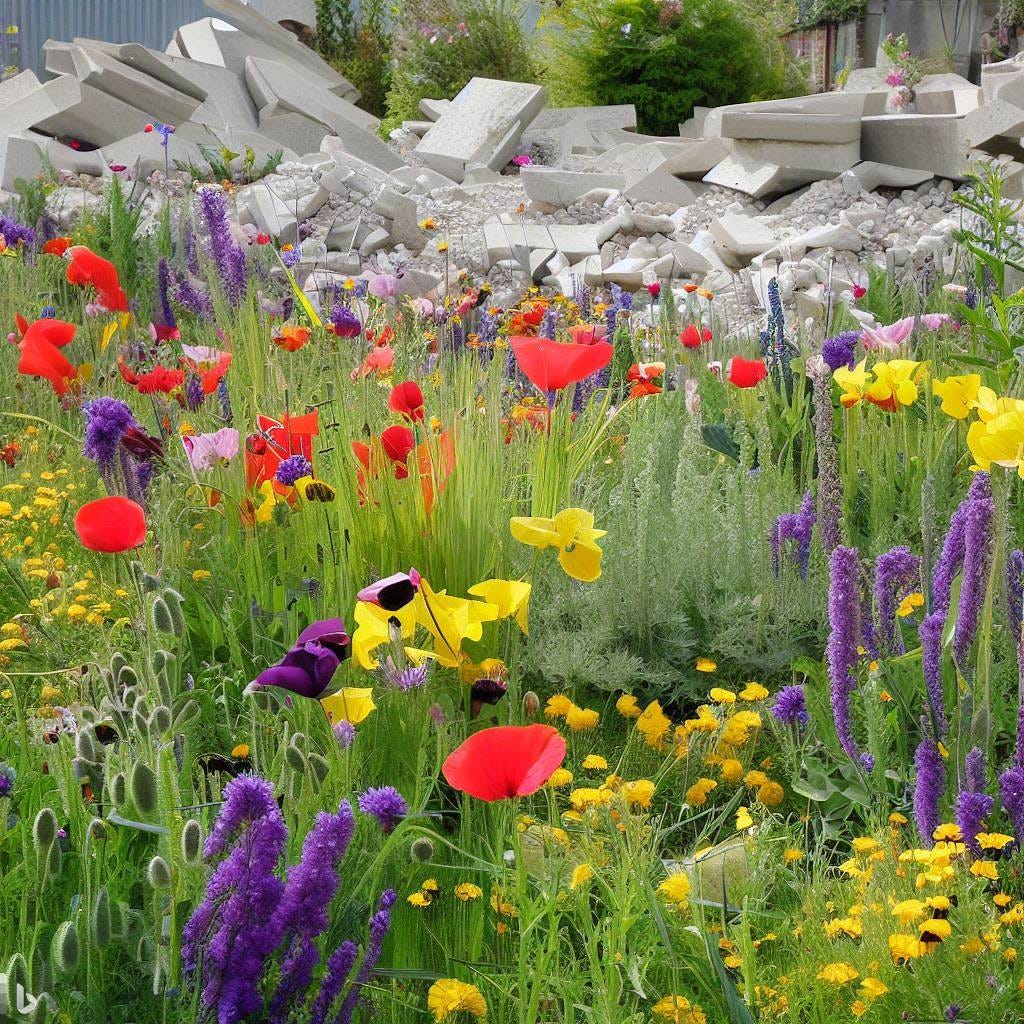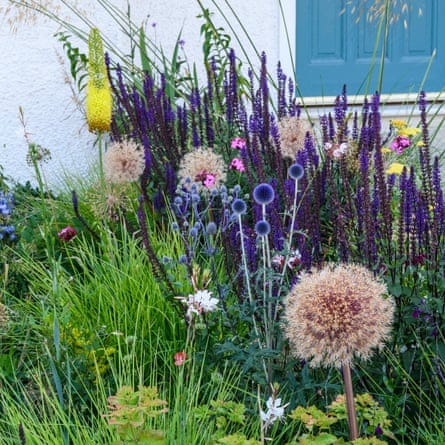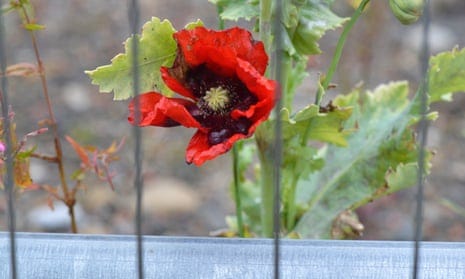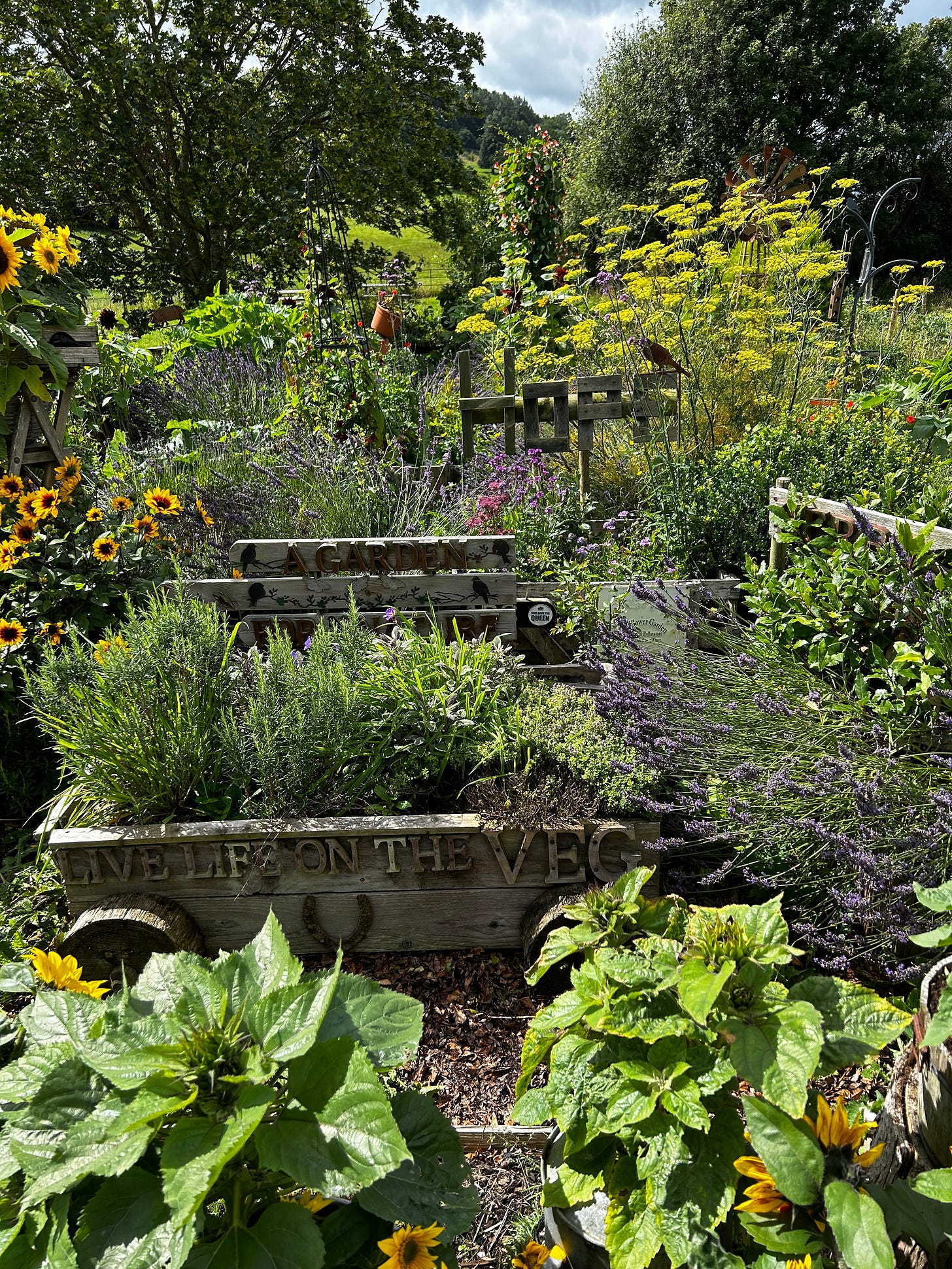Welcome to Regen/Notes

Two articles in the Guardian prompted “what if” thinking for better, regenerative, use of the vast quantity of rubble generated on construction sites. (Thats regenerative in the sense of seeking potentials to do more good rather than continue to be only ‘less’ bad)
Hardcore landscaping: how to grow a garden on sand, gravel and concrete.
The story of the author’s 1960s terrace house in Bristol. After renovating, rather than get a skip, they decided to create a ‘rubble garden’ by spreading crushed plaster and sand over the lawn. This helped with drainage and reduced weeds. The ‘poorer’ soils like rubble produce shorter, sturdier plants such as alliums and tulips. that withstand drought, reminiscent of native habitats.
Well-known gardens using these principles include Peter Korn’s sand gardens in Sweden, Nigel Dunnett’s rain gardens in Sheffield, and Knepp Castle’s rewilded walled garden.

Tips for creating your own: use recycled rubble/gravel/sand, plant densely in autumn with bare-root plants, irrigate at first, choose grasses and flowers for year-round color.
Country Diary Thistles and poppies among the hard hats and concrete ...
Susie White’s Country Diary: … A stalled construction site behind the Moot Hall in Hexham, England has become an accidental wildlife garden, with thistles, poppies, and other flowers sprouting among the rubble and concrete. The pioneer plants thrive in the nutrient-poor soil and gravel piles, attracting pollinators like bees and butterflies. Passersby notice the pops of colour from flowers like opium poppies peeking through the fence, appreciating the accidental beauty arising from the unused land. In total the author counted 24 different plant species that had taken root in the seemingly inhospitable ground.
What if...the spark for reimagining our regenerative future.
what if ... we
could use rubble in a different way, seeing its potential value … rather than just more waste to move on to somewhere else ... in such a way that we:
Gave rubble an upcycling perspective; Reduced rubble leaving sites, reduced skip road transport; Created beautiful gardens; Increased biodiversity, helping with biodiversity net gain plans; Worked with rain garden thinking to reduce rainwater runoff flooding; Created drought-resistant gardens that required no watering; Reduced soil import; Reduced carbon (from soil movement and transport); Created local biophilic landscapes; Created areas that bring delight and enhance wellbeing; Provided ecology awareness and education; Replaced monoculture grass areas with pollinator plants; Introduced different maintenance - no-mow and more care; Created spaces that are fun, different, yet address the climate and ecology crisis; Reconnected us with nature on our doorstep;
As we say in The Regenerative Playbook that encourages us to imagine an alternative to business as usual … “whats not to like”
What does this post and examples suggest to your imaginative “what if” mind?
Time to rethink our relationship with soils “every time we dig, move, stockpile grade and reimport soils we release more stored carbon into the atmosphere and weaken, even destroy, the soils biodiversity capability”





I'm involved with a community garden on a site that was formerly used as a rubble dump during the refurbishment of a housing estate. Silver Birch have grown to form a perimeter around the garden and we use raised beds for vegetables as we can't really determine what's down below.
But rubble, old tiles and goodness knows what else are a fact of daily life for us and the plants in the garden adapt. We've moved a lot of rubble for safety purposes as we need to have clear, accessible paths for people. What remains provides an amazing habitat for a range of beetles, slaters, frogs and toads.
Your points about soil imports are great. Historically the garden has had a delivery of top soil once a year and not much composting. I've really upped our composting this year in the hope that next year we won't require that additional soil.